The azalea season in Yunnan

In Yunnan province, China, azaleas are mainly grown in a number of places such as Dali, Diqing, Baoshan. Every year from March to June, the blossom of azaleas which covers hundreds of thousands acres of land would attract tourists from both home and abroad to come to Yunnan and enjoy the so called “azalea season”.
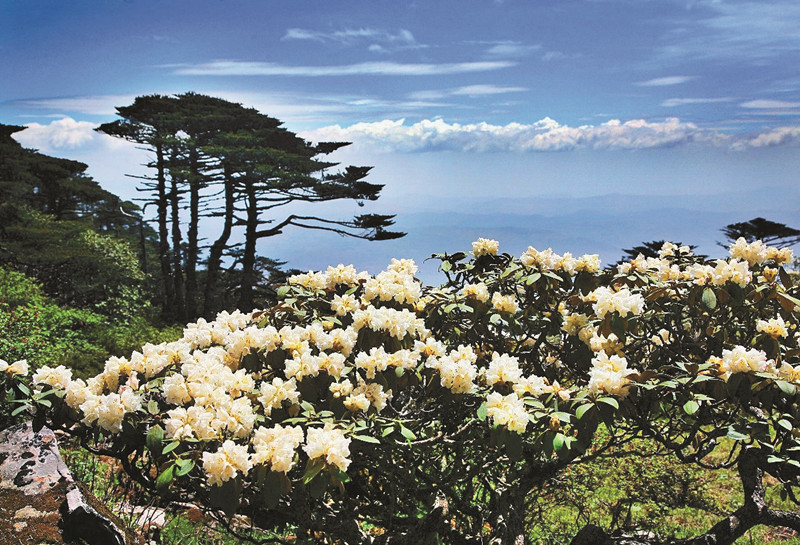
The Diqing Baima Snow Mountain located in northwest Yunnan is particularly known as the “paradise of azaleas”. With an average altitude of over 4,000 meters, the mountain is capped with white snow all around, and myriads of light-yellow flowers can be seen growing at its foot. Compared with azaleas in other parts of Yunnan, the flowering period of azaleas under Cangshan Mountain in Dali Bai autonomous prefecture in northwest Yunnan comes a bit later. Every year from mid-May to early June is the time when azaleas in Dali start to bloom. Hundreds of thousands of acres of blooming azaleas form an amazing landscape you may have never seen in your life. Among them are various types of azaleas, with some even named after Dali, such as Dali Azalea and Dali Adenoid Azalea.
British “plant hunter” and azaleas
The Royal Botanic Garden of Edinburgh is one of the most famed botanical gardens in the world, but few people know that the azaleas blooming in it are, in fact, from Yunnan province, China, and this is a story that can be traced back to over a hundred years ago.
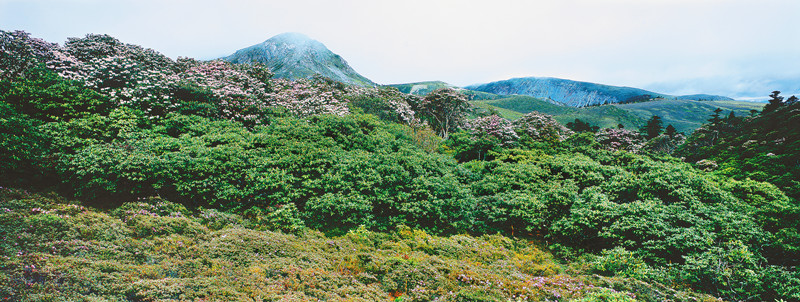
In the end of the 19th century, botanic gardens began to emerge in Europe. Exotic plants from the Far East have enchanted many early European adventurers and the so called “plant hunters” since then. During this period, some rich businessmen who happened to travel to the Far East even started to collect flowers and other rare plant species and ship them back to Europe.
In 1904, a British botanist named George Forrest left Britain for Yunnan and started his job here as a plant hunter. During his three years of stay, Forrest had chance to go to Tengchong in southwest Yunnan, entering the mysterious Gao Ligong Mountains where flora and fauna resources are particularly rich compared to other parts of China or Yunnan.

Azalea is one of the world’s most famous ornamental flowers. According to statistics, there are more than 900 species of azaleas around the globe. As the birthplace of azalea, China is particularly rich in azalea species. In Yunnan, China, azaleas are known as one of its “eight famous flowers”, and they are mainly grown in Dali, Diqing and Baoshan. Every year from March to June, azaleas scattering across Yunnan would bring special charms to this land and in the meantime lure tens of thousands of tourists and visitors from both China and abroad to enjoy the blossom of these beautiful flowers.
According to historical records, Forrest employed 17 local residents in Tengchong and launched an extensive research of plants in the Gaoligong Mountains. He found several tall trees with clusters of red flowers growing on their canopies. These flowers looked like colorful clouds hanging in the sky literally. Forrest was stunned by what he saw, because he had never seen wild flowers so beautiful like this. This was the first time that he encountered azaleas in his whole life. Two years later in 1906, Forrest brought a great number of azalea seeds as well as plants themselves back to Britain. Azaleas soon surprised botanists and the general public in Britain with their extraordinary beauty. Later, Forrest even planted these azaleas from Yunnan at the Royal Botanic Garden in Edinburgh, Scotland. This was how azaleas traveled to Europe from southwest China’s Yunnan for the first time.
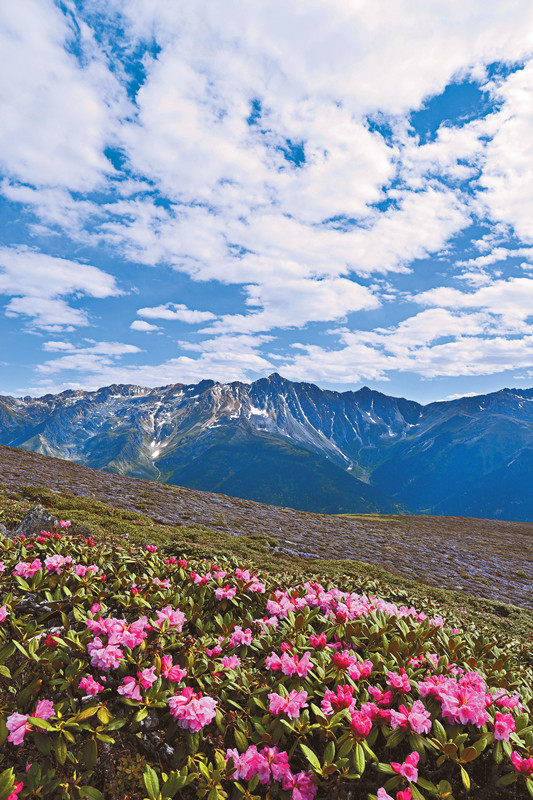
However, the story between Forrest and Yunnan did not end up here. Between 1904 and 1932, he conducted seven more expeditions to Yunnan and collected more than 30,000 animal and plant specimens. In addition, He discovered a great number of new species. At that time, British botanists generally agreed that azaleas could not grow on limestone. This idea remained so until the third trip of him when he found a cluster of azaleas growing on limestone in Yunnan. In 1932, Forrest died of myocardial infarction while traveling in Yunnan. He was buried near Laifengshan Mountain in Tengchong. To commemorate Forrest, his grave has always been adored by colorful azaleas.
Cangshan: The paradise for azaleas
Located in the Dali Bai autonomous prefecture in Yunnan, Cangshan is one of the most famous tourist attractions in the province. On the other hand, the mountain is also abundant in plants, especially azalea species. So far, over 30 species of azaleas have been found in the area near this mountain. And more interestingly, azaleas are distributed over all altitudes in the mountain, from the feet to its peak capped with white snow. Thus, Cangshan has long been hailed as the paradise for azaleas.
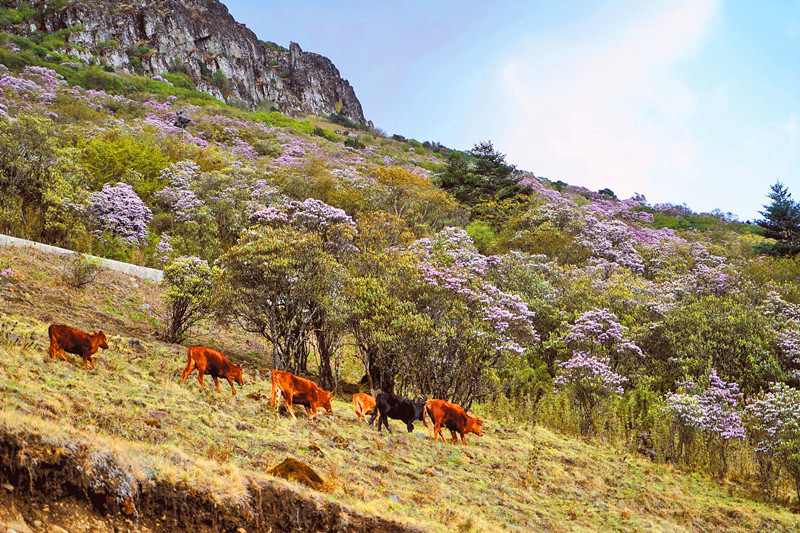
While observing the distribution of azaleas, a very interesting phenomenon can be found. Generally speaking, azalea tree remain tall when they grow at low altitudes, with more than 10 meters long. But as altitudes get lower, azalea trees begin to grow shorter and shorter. According to Sun Ming, a staff member of the Cangshan Conservation Authority, azalea trees at different altitudes in Cangshan would present visitors and tourists with completely different landscapes. “When you take cable cars up to the mountain, you will find that nearly no other plants can still be seen at the altitude over 3,500 meters, and what can be appreciated there are stretches of spectacular and colorful azalea trees,” said Sun Ming.
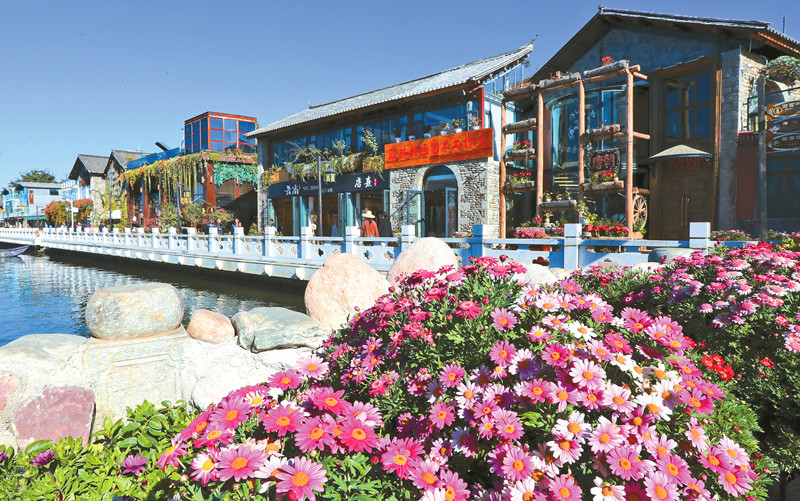
Compared with azaleas in other parts of Yunnan, the flowering period of Cangshan azaleas comes a little bit later. Every year from mid-May to early June, the flowering period of azaleas in Cangshan Mountain would normally last for about 15 days.
During this time, myriads of azaleas scattering across the Ximatan Hill would blossom together, forming an amazing scenery you may have never seen in your life before. In this ocean of azaleas, many flower species are unique to not just Yunnan, but the Cangshan Mountain and its surrounding areas. Some of them are even named after Dali, such as Dali Azalea and Dali Adennoid Azalea.
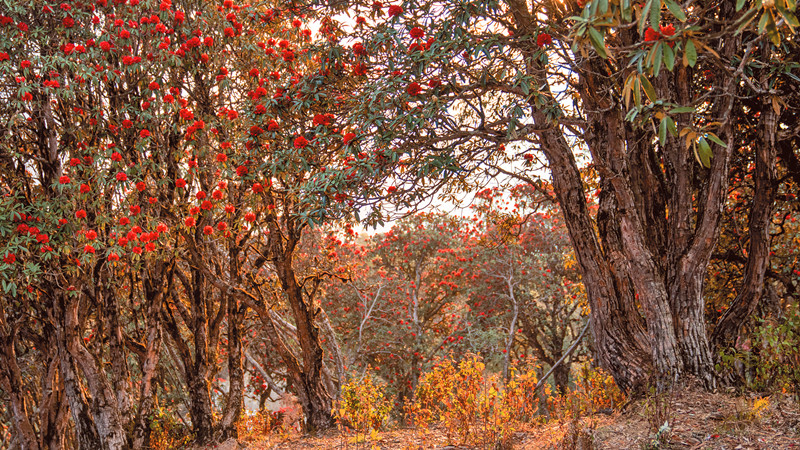

Around the Cangshan Nature Conservation Center, for example, there are many varieties of red azaleas, such as blood-like azaleas, red azaleas, Cangshan azaleas and so on. In the eyes of ordinary tourists, they may look like the same. But in the eyes of plant experts, they are in fact not merely different in terms of their appearances, but their biological features. According to Sun Ming, the identification of azaleas depends very much on the shapes of their leaves and flowers. For instance, those leaves of blood-like azaleas are usually covered with white fluff, while the leaves of red azaleas have very smooth textures. Once the public learn these characteristics of azaleas, they will probably find them more interesting and adorable. And the Cangshan Mountain covered by different azalea species all year around can undoubtedly be hailed as the paradise for these beautiful flowers.
Appreciating Flowers in Diqing
As one of the main distribution areas of azaleas in Yunnan, the Diqing Tibetan autonomous prefecture is particularly rich in azaleas. Azaleas here are wildly grown across mountains and hills. Every year around May, azaleas in Diqing begin to enter its flowering period. Azalea trees would grow not on mountains and hills but also on plateaus and grasslands. This time, thus, has been considered the most beautiful period in Diqing over a year.

Since 2018, a number of flower related cultural events have been held in Diqing, with an aim to show the ultimate beauty of azaleas. Azalea clusters scatter across the entire Diqing, from the well-known Tiger Jump Gorge to the plateaus of Xiao Zhongdian. Azaleas with a great variety of colors, such as white, pink, light yellow and purple would transform Diqing into a paradise of flowers.
In Xiao Zhongdian, the local azaleas have been dominated by a species with small peddles. However, they look equally charming and attractive to those with larger peddles in the sun.

The Diqing Baima Snow Mountain not only gives birth to Yunnan’s snub-nosed monkeys, it is also a perfect place for azaleas to flourish. There are plenty of alpine azaleas growing at the altitude of about 3,000 meters. And at a higher altitude of 4,000 meters, one can find stretches of bright-yellow azaleas with shapes of crowns. In the western world, these azaleas are particularly known as “Wald azaleas”, because they were found and brought back to Europe by an Enlgishman named Wald from Yunnan. By this fact, one can better understand why Yunnan has long been known as the “Kingdom of Flora” in China.
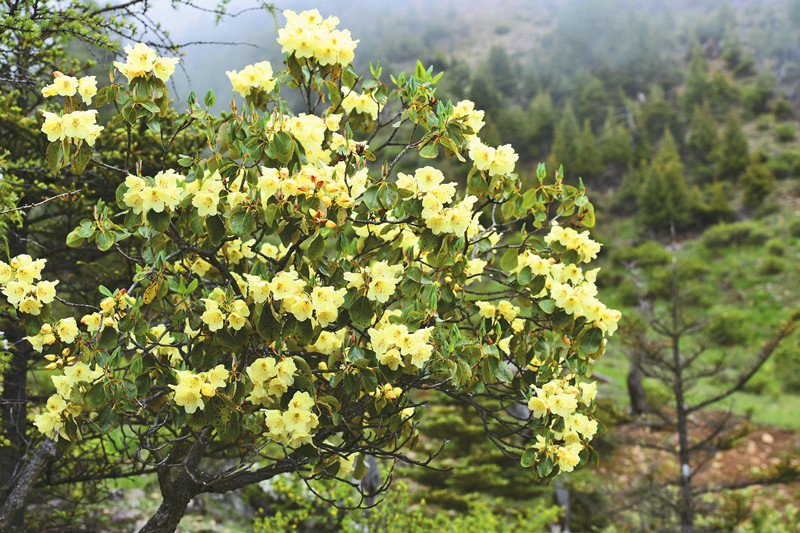
In Diqing, the Pudacuo National Park is a must-visit stop on tourists’ journey to enjoy blooming flowers. Every year around the end of May, the park would be filled with a variety of colorful and crystal-clear azaleas, showing their beauty together in the sun. What is more interesting is that since the year of 2019, tourists have also been allowed to fly over stretches of azalea clusters by helicopters, enjoying the spectacle formed by azaleas from the sky.
The boom of “flower economy”
In Mengnong, Yingjiang county of the Dehong Dai and Jingpo autonomous prefecture in West Yunnan province, there are tens of thousands of acres of azaleas growing on its land. What they have presented to tourists and visitors is certainly a primeval and unadorned beauty. Azaleas have literally turned this small town in westmost Yunnan into a fairy-tale world. According to a local resident named Yang Zuochun, azalea trees were already standing and growing there when she was a little girl. And as the time goes, more and more azalea trees have been planted near the village where she lives.
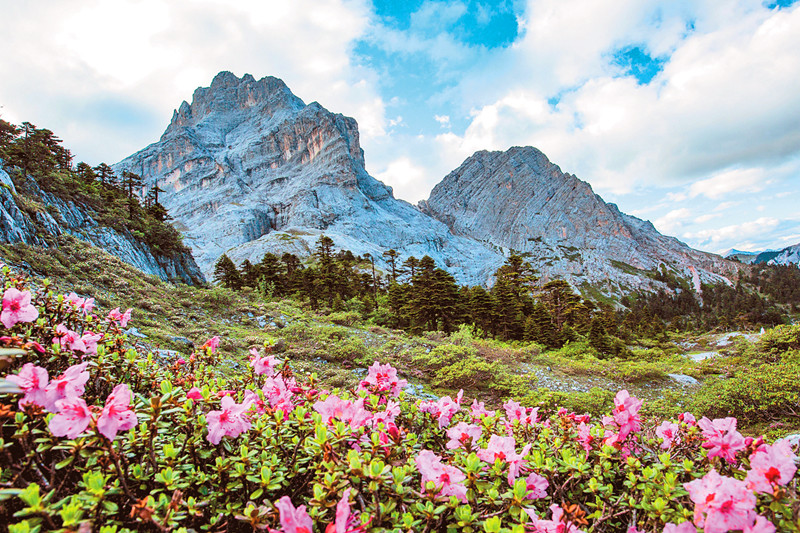
Azalea trees have not only brought happiness and joy to Yang Zochun and other local residents, swarms of professional photographers have also been lured to Mengnong by the beauty of azaleas over the past few years. Thanks to today’s Internet, photos of azleas can soon be circulated among people from both China and overseas. Today, azaleas have become one of the most popular tourist attractions across the Yingjiang county.

In order to provide better tourist experiences, Mengnong county started to hold a tourist and cultural festival themed azaleas recently. Every year during this festival, a series of events would take place in Mengnong to attract tourists and visitors, including photo contests, song singing, motorcycle races and some other activities. These events, in the meantime, have also helped local residents in Mengnong gain more incomes. Yu Genjin, a leading figure in organizing events, has turned his house into a place for agrotourism. “I sincerely hope that the local economy can be boosted and our life can bloom just like flowers”.
Writing by Duan Jianxin; trans-editing by Wang Jingzhong